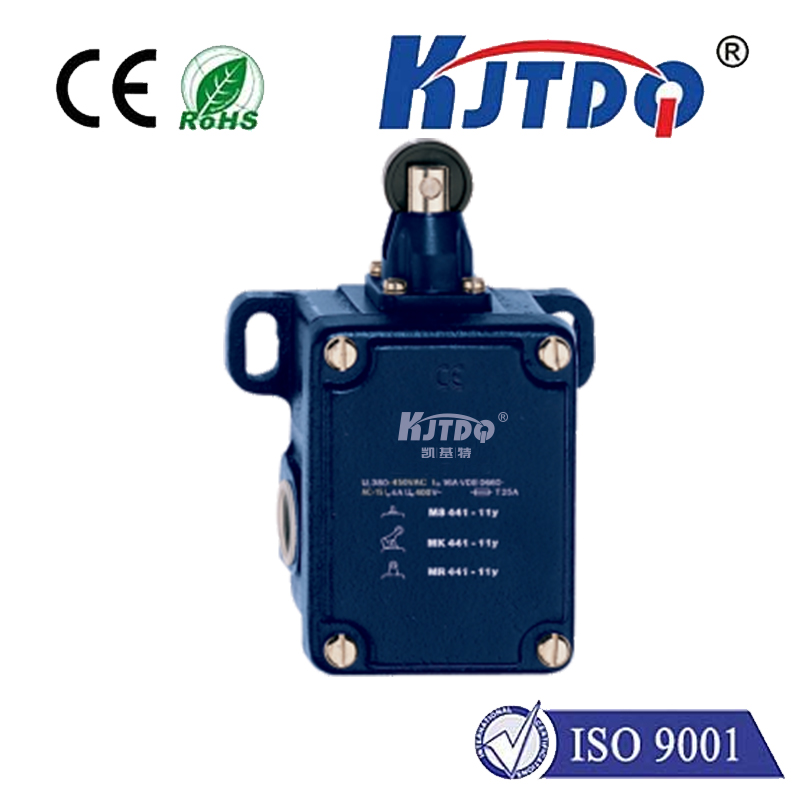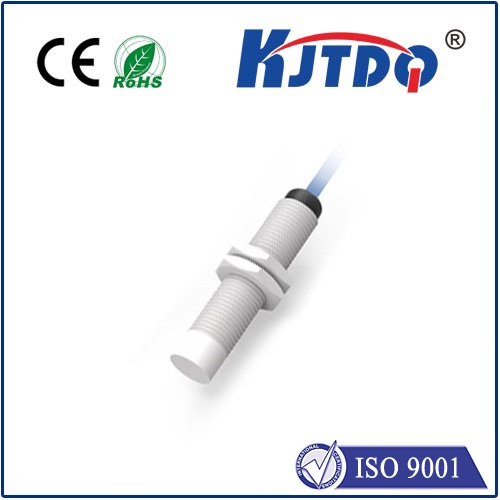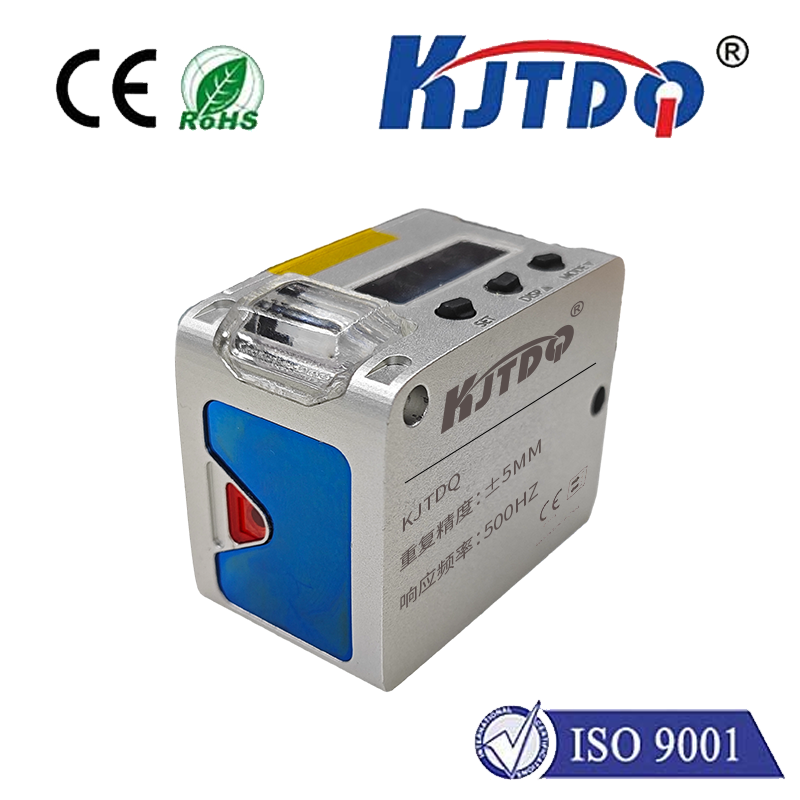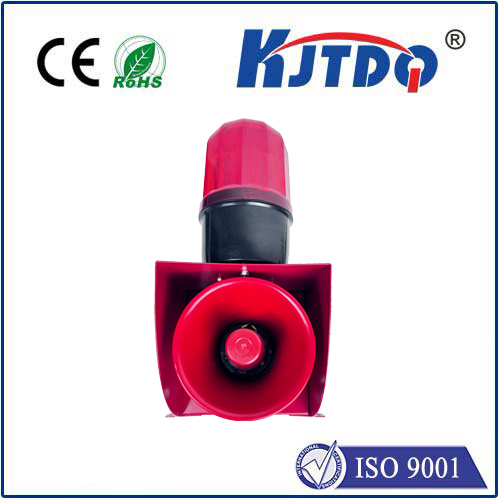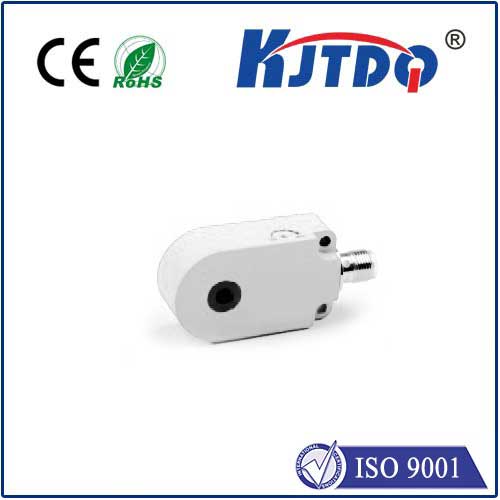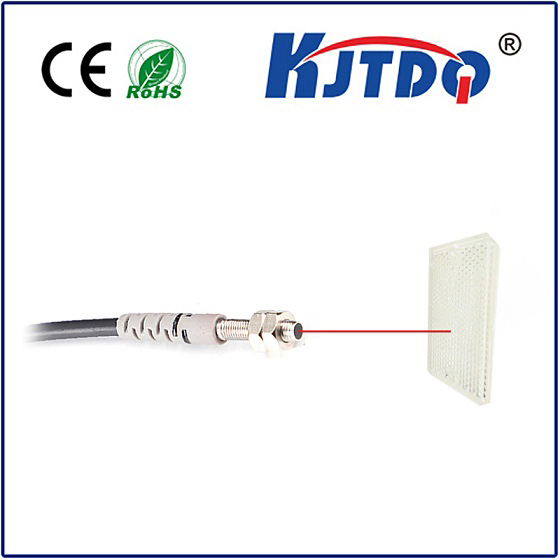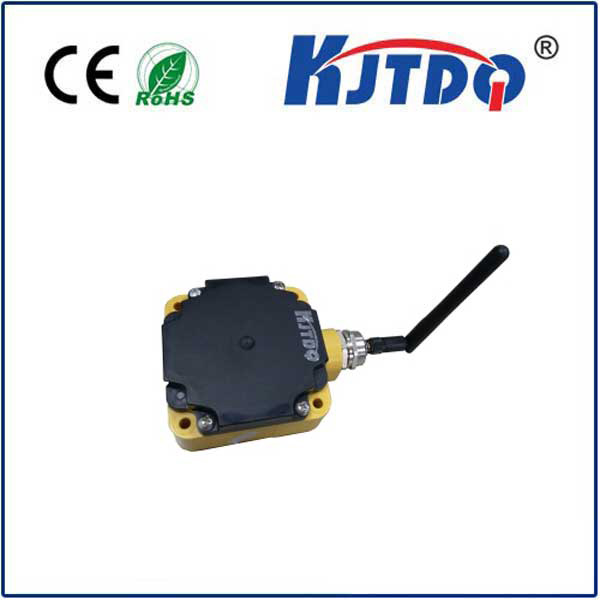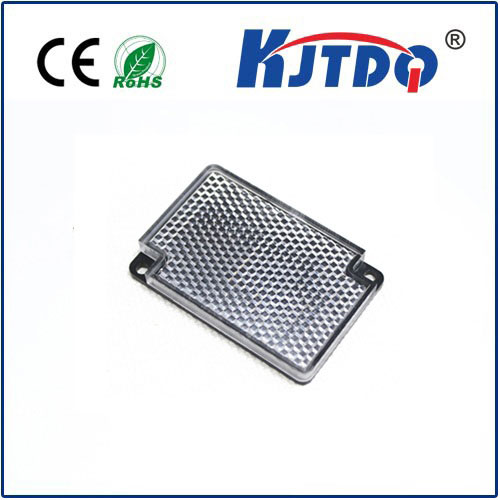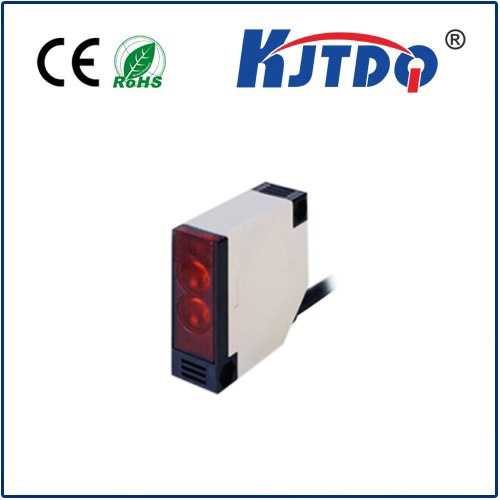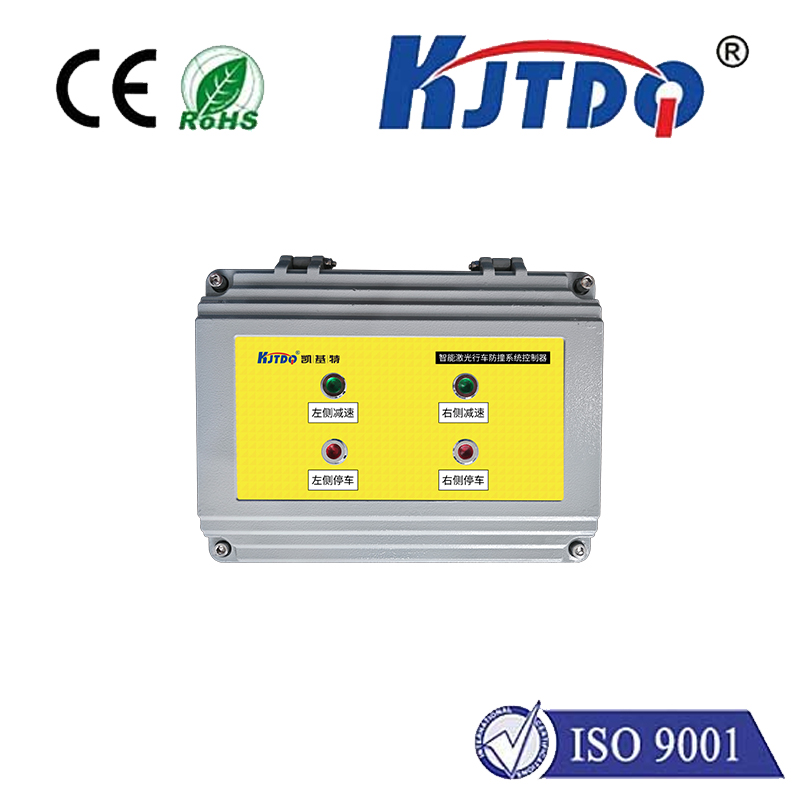
check

check

check

check
Capacitive prox sensors are rapidly evolving technologies that have gained significant attention due to their ability to detect obstacles, identify potential hazards, and prevent accidents. This article aims to provide a comprehensive overview of capacitive prox sensors, including their working principles, applications, and benefits.
The Working Principles of Capacitive Prox Sensors
Capacitive prox sensors operate on the principle of capacitance. These sensors contain two metal plates separated by an electrically conductive material. When an object approaches the sensor, it creates a difference in capacitance between the two plates. The sensor then generates an electric signal based on this change in capacitance.
The signals generated by capacitive prox sensors can be processed using microcontrollers or digital signal processors (DSPs) to determine the distance of the object from the sensor. The accuracy of these sensors depends on several factors, such as the quality of the conductive material used, the design of the sensor, and the operating environment.
Applications of Capacitive Prox Sensors
Capacitive prox sensors find numerous applications in various industries, including automotive, manufacturing, healthcare, and aerospace. Some key examples include:
1. Autonomous vehicles: Capacitive prox sensors are used extensively in autonomous vehicles to detect pedestrians, other vehicles, and obstacles in real-time. These sensors provide accurate and reliable information about the vehicle's surroundings, helping to improve safety and navigation.
2. Industrial automation: In industrial settings, capacitive prox sensors are used to detect obstacles or potential hazards in机器的操作区域. By preventing accidents caused by collisions or other mishaps, these sensors can significantly reduce downtime and improve efficiency.
3. Medical devices: Capacitive prox sensors are employed in medical devices like surgical robots to help surgeons navigate complex procedures with precision and accuracy. The sensors provide real-time feedback on the robot's proximity to tissue structures, allowing for safer and more effective surgeries.
4. Aerospace engineering: In aerospace engineering, capacitive prox sensors are used to detect obstacles in spacecraft's flight paths, monitor fuel levels, and ensure safe landings. These sensors play a critical role in maintaining the integrity of space missions and safeguarding human lives.
Benefits of Capacitive Prox Sensors
The advantages of using capacitive prox sensors are numerous. Some key benefits include:
1. Increased safety: By detecting potential hazards and preventing accidents, capacitive prox sensors significantly improve safety in various industries and applications.
2. Improved efficiency: These sensors help reduce downtime by providing real-time information about the environment and enabling faster decision-making processes.
3. Cost-effective: Capacitive prox sensors are relatively inexpensive compared to other types of sensors, making them an affordable solution for many applications.
4. Scalability: These sensors can be easily scaled up or down depending on the specific requirements of each application.
In conclusion, capacitive prox sensors represent a revolutionary technology with numerous benefits for various industries and applications. As research continues into improving their accuracy and functionality, we can expect to see even greater adoption of this technology in the future.
